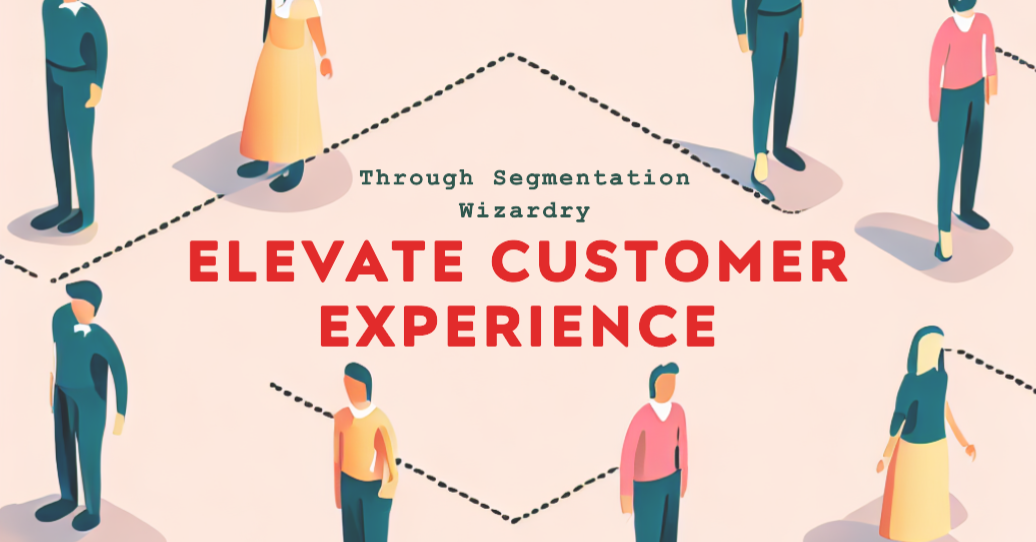Customer expectations are soaring, and generic marketing just won’t cut it anymore. That’s where segmentation steps in. Segmentation is the art of understanding your audience and tailoring your approach to their unique needs. This guide unveils the power of segmentation in personalizing customer experiences, providing examples, tools, and tips to help you stand out in the digital age.
The Essence of Customer Segmentation
Customer segmentation involves dividing your audience into smaller groups based on shared characteristics. This empowers you to target each group with content and offers that truly resonate.
Examples of segmentation categories:
a) Demographics: Age, gender, location, and income level.
b) Behavior: Purchase history, browsing patterns, and engagement with your brand.
c) Psychographics: Interests, values, and lifestyle.
Personalization
The Customer-Centric Approach
Personalization takes segmentation a step further by delivering tailored experiences to individual customers. It goes beyond addressing them by their first name—it’s about understanding their preferences and predicting their needs.
a) Customized recommendations: Netflix suggests shows based on your viewing history.
b) Product recommendations: Amazon showcases items similar to those you’ve purchased.
Benefits of Segmentation and Personalization
Segmentation and personalization are not just buzzwords; they yield real, tangible benefits.
a) Enhanced customer experience: Customers feel valued when their preferences are acknowledged.
b) Improved engagement: Targeted content leads to higher open rates and click-through rates.
c) Increased conversions: Personalized recommendations and offers drive more purchases.
Tips for Effective Segmentation
To make the most of segmentation, follow these strategies:
a) Collect relevant data: Gather insights through surveys, website analytics, and purchase history.
b) Use a marketing automation platform: Tools like HubSpot and Marketo streamline segmentation efforts.
c) Regularly update segments: Customer preferences evolve; keep your segments current.
Tools for Seamless Segmentation and Personalization
Technology plays a pivotal role in turning segmentation into personalized experiences.
a) Customer relationship management (CRM) software: Salesforce and Zoho CRM enable efficient segmentation.
b) Email marketing platforms: Mailchimp, Klaviyo, Omnisend, Mailerlite, Sendinblue, allow dynamic content based on segments.
Real-World Success Stories
Companies across industries have reaped rewards from personalized approaches.
a) Starbucks: The Starbucks app suggests drinks based on your previous orders.
b) Spotify: Customized playlists cater to your music taste and mood.
Measuring and Refining Segmentation
Regularly evaluate the impact of your segmented strategies and make necessary adjustments.
a) Track metrics: Monitor conversion rates, engagement metrics, and customer feedback.
b) A/B testing: Experiment with different messaging for each segment and determine what works best.
Conclusion
In a world of overwhelming options, customers gravitate towards brands that make them feel seen and understood. Segmentation is the key to unlocking personalized experiences that resonate deeply. By dividing your audience into manageable groups and tailoring your messaging accordingly, you’re not just sending emails or ads—you’re fostering connections. Implement the tips, tools, and real-world examples shared in this guide, and you’ll witness firsthand how segmentation and personalization elevate your customer experience, boost engagement, and drive lasting loyalty.
